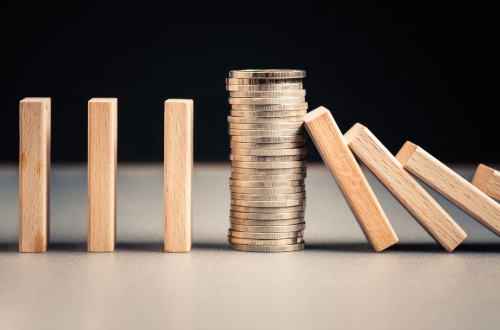Investor Dilemmas in 2020

Monthly House View - February 2020 - Download an excerpt here
The 2020 investment landscape seems to have started where we left things in 2019 with quality and growth stocks dominating value, with technology outperforming the market, and with a growing list of cyclical stocks disappointing and delivering poor results.
In a way, this is not really surprising. Recent data validates the low but positive growth scenario that is favourable to the consumer side, but detrimental to the producer; with wage inflation above price inflation, digital names with economies of scale and which are less labour intensive outperform the old economy.
Among the prominent elements thus far in the year, we should highlight China, which is at the centre of our 2020 scenario. 2020 started with additional monetary easing, resulting in a vote of confidence by the market and was also sustained by the conclusion of the phase one deal with the US.
After such a stunning year in markets, what is ordinarily the next step? Asset allocators often rely on a kind of mandala-type belief: the rotation of risk factors and investment styles. At this stage of the cycle, with central banks on hold and stretched fixed income valuations, we should be switching from quality to value and from credit to equities.
The dominant factor driving the markets this year should switch from monetary policy to fundamental growth and fiscal policy, from valuation multiples to asset fundamentals.
But the paradox is that, so far, investors continue to buy quality stocks and to pour money into credit ETFs, and American issuers opportunistically take advantage of this negative rate environment to launch euro bonds in to an oversubscribed market.
This trend has recently pushed investment positioning and equity market indicators into bullish territory. As long as equity yields relative to bonds remain favourable, this positive environment for stock markets should be firmly anchored. But what is noticeable in this bull market is that safe havens have enjoyed strong momentum, which defies the traditional inverted correlation with risky assets. This is probably another implication of negative rates, which increases the attractiveness of gold.
So in brief, long-term investors should stay reasonably exposed to equities, but with a higher likelihood of a technical correction they can start to accumulate a variety of hedges. 2020 is about patience and balance. And time is not that expensive after all...
Monthly House View, 07/02/2020 release - Excerpt of the Editorial
February 07, 2020




